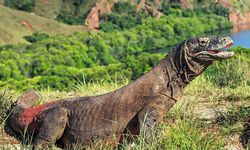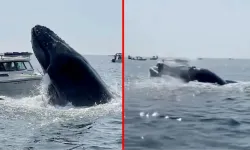Among the million or so asteroids, Iris is larger than about 99 percent of the other asteroids with a diameter of 199 km. It orbits the Sun in the asteroid belt between Mars and Jupiter at an average distance of 2.39 astronomical units and takes 3.7 years to complete one orbit.
Massalia is comparable in size to Iris at 135 km across and shares a similar orbit to Iris.
THE POSSIBILITY OF OTHER LIFE IN OUR SOLAR SYSTEM
This discovery could provide important insights into the early formation of our solar system. Since water is an essential component of life, this discovery also raises the possibility that life may have existed elsewhere in our solar system.
The paper's lead author, Dr. Anicia Arredondo of the Southwest Research Institute, confirmed that based on the strength of the spectral lines, the volume and prevalence of water on asteroids is consistent with that found on the Moon.
Here, too, water is locked up, bound to minerals and absorbed by silicates.
JAMES WEBB SPACE TELESCOPE WILL BE USED
More analysis is needed to fully understand the distribution of water in the Solar System, but following the study, the team will now use the James Webb Space Telescope, which has better quality optics and a much better signal-to-noise ratio, to learn more.















